"Lord of Light" Blends Myth and Science
A Hugo-winning blend of myth and science, "Lord of Light" by Roger Zelazny delivers an epic tale of power, belief, and technology that continues to captivate readers more than 50 years after its debut.
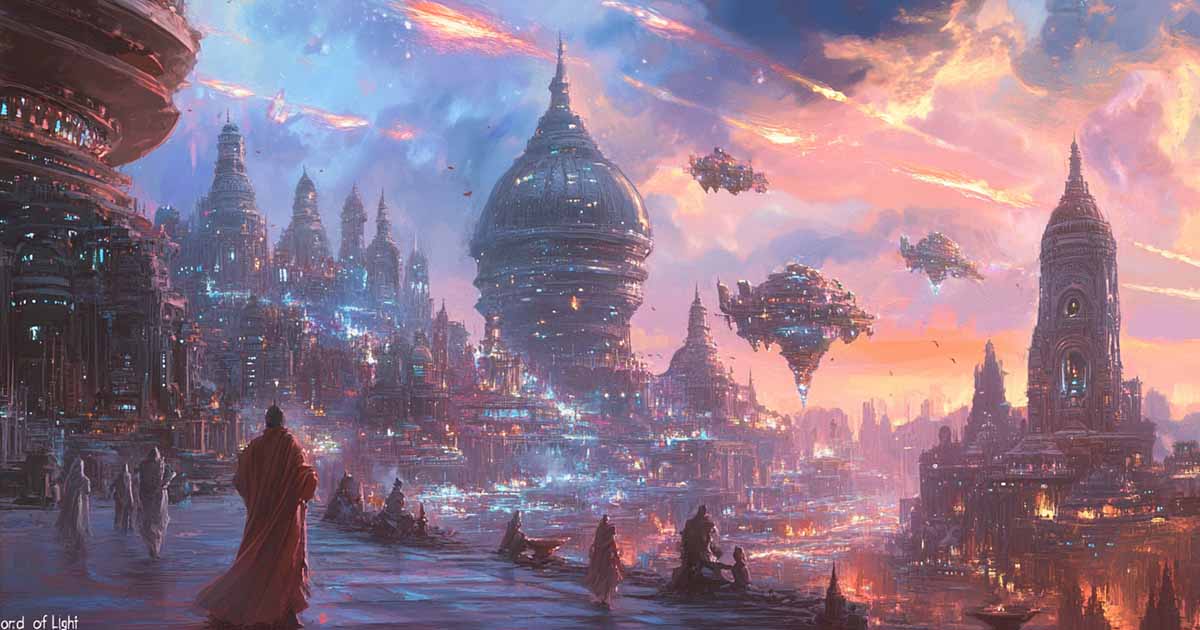
A Novel of Myth and Machine
When "Lord of Light" arrived on shelves in 1967, it came at the height of the New Wave movement in science fiction—a period when authors were pushing the genre toward richer language, deeper themes, and more experimental forms.
Roger Zelazny was already recognized as one of the movement’s bright lights, having earned praise for his ability to blend the timeless qualities of myth with the speculative possibilities of the future. The novel won the Hugo Award for Best Novel in 1968, securing its place among the era’s defining works.
Even in its earliest days, it was clear that this was not a story of ray guns and rocket ships alone, but a work that sought to ask profound questions in the midst of adventure.
At its heart, "Lord of Light" is a story in which advanced science dresses itself in the garb of divinity. The setting is a distant human colony world ruled by those who have mastered the art of transferring consciousness from body to body, effectively becoming immortal.
These rulers assume the identities of ancient gods, using technology to perform what to common eyes appears to be magic. In this way, Zelazny constructs a world where faith, power, and innovation are inseparably intertwined, and where the line between religion and machinery is not merely blurred—it is invisible.
The book’s early reception was varied. Some readers found its structure demanding, with its non-linear progression and its deliberate mingling of religious imagery and scientific concepts. Others immediately hailed it as a masterpiece, praising its elegance and ambition.
Over time, the consensus shifted firmly toward admiration. Today, "Lord of Light" is widely regarded as one of Zelazny’s finest achievements, a novel that rewards multiple readings and reveals new facets with each return—remaining as vital to the genre as it was the year it first appeared.
The Setting and the Shape of the Story
The world of "Lord of Light" is a human colony far removed from Earth, settled by a star-faring crew whose descendants now live under the rule of the original colonists. These early settlers discovered how to transfer the human mind into new bodies, granting themselves a form of immortality. By controlling this technology, they elevated themselves above the rest of the population and adopted the identities of Hindu and Buddhist deities. To the masses, their abilities are divine. In truth, they are the product of advanced science preserved for the few.
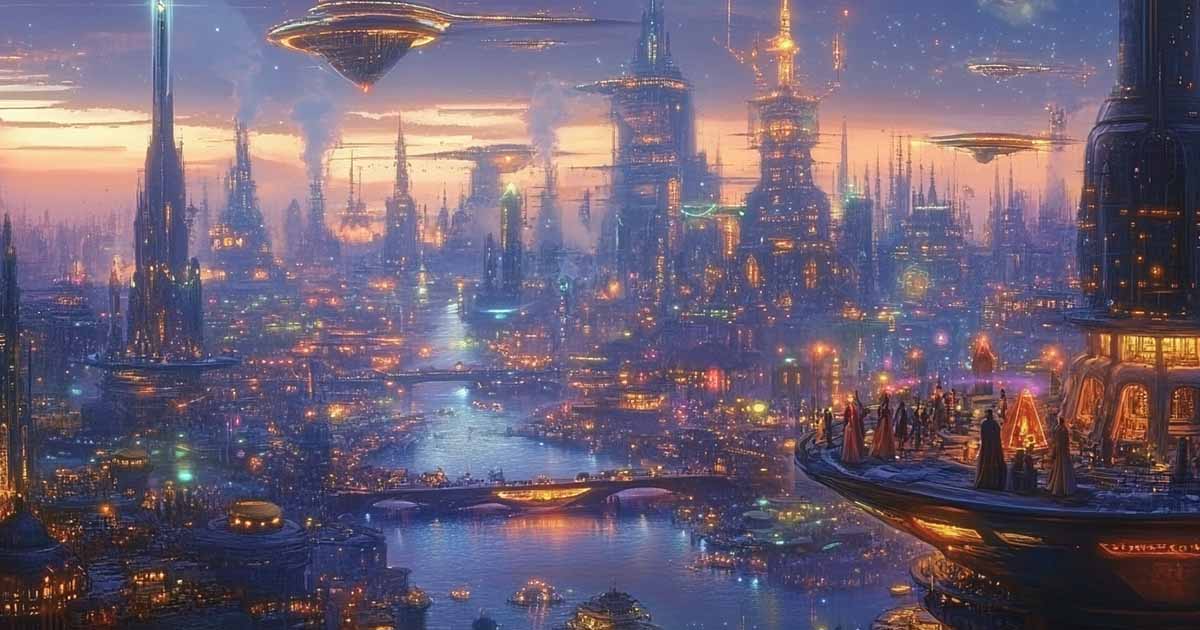
Zelazny’s narrative paints this society in broad, colorful strokes. Cities rise in the shadow of gleaming temples, and battles are waged with both supernatural spectacle and technological precision.
The world feels old yet strangely new—a fusion of mythic grandeur and futuristic engineering. It is a place where a chariot of fire might be an energy-powered craft and where the thunderbolt of a god might spring from a weapon whose workings are hidden from all but the immortals. This marriage of imagery gives the setting a timeless quality, rooted in tradition yet propelled by innovation.
The structure of the novel reflects the oral traditions it draws upon. The story unfolds in episodes, each self-contained but connected by recurring characters and overarching conflicts. Zelazny employs a shifting timeline, moving backward and forward without warning, so that events feel less like a linear record and more like a cycle of tales passed from storyteller to storyteller. The effect is to immerse the reader in a living legend rather than a conventional adventure. This deliberate approach may challenge the unprepared, but for those willing to enter its rhythm, the structure adds depth and resonance, allowing the world to feel as enduring and complex as the myths that inspired it.
Themes Woven Through the Narrative
"Lord of Light" engages the reader with more than its vivid setting and inventive structure. Beneath the action lies a meditation on the nature of belief, the ethics of power, and the relationship between the seen and the unseen. Zelazny explores how technology, when hoarded and shrouded in ritual, can be transformed into a tool of both reverence and oppression. The so-called gods are not deities in the supernatural sense, yet their mastery over life, death, and the body itself grants them an authority few dare to question.
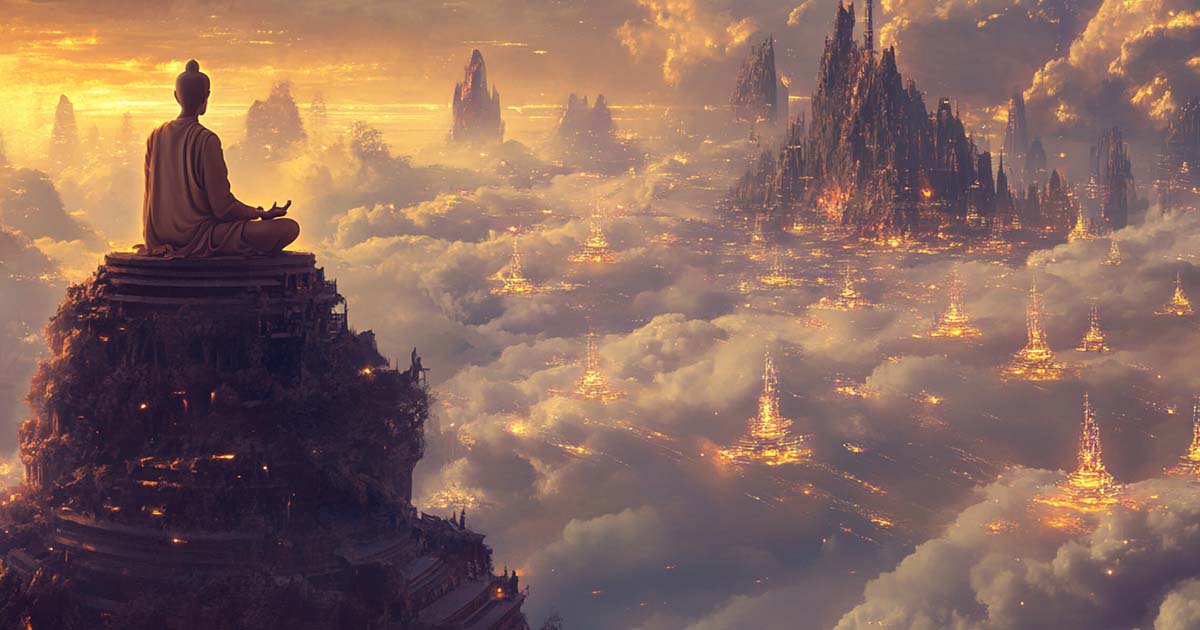
The novel also examines the tension between freedom and stability. By presenting a society in which order is maintained through the illusion of divine right, Zelazny invites the reader to consider the cost of challenging such a system. The idea that liberation requires both courage and cunning is a recurring undercurrent. These themes are not handled as dry philosophical arguments but are instead woven into moments of drama, debate, and quiet reflection, making them as much a part of the novel’s lifeblood as its plot.
Perhaps most striking is the way Zelazny addresses the human impulse toward transcendence. In this world, reincarnation is not a matter of spiritual journey but of mechanical precision, yet the longing for meaning beyond the physical persists. The fusion of Buddhist thought with speculative technology creates a fertile ground for questions about the soul’s nature and whether it can be truly separated from the body. These questions are never answered outright. Instead, they echo through the narrative, challenging the reader to decide where he believes the truth lies. In this way, "Lord of Light" works both as a thrilling piece of speculative fiction and as a philosophical mirror reflecting the aspirations and contradictions of humanity.
Style, Language, and Structure
Roger Zelazny’s prose in "Lord of Light" blends the clarity of modern storytelling with the cadence of ancient epic. His sentences often carry the weight and rhythm of scripture, yet they remain precise and purposeful. This balance allows the novel to feel timeless, as though the reader is listening to a voice that has echoed through generations. At the same time, Zelazny avoids the stiffness that can plague myth-inspired writing, relying instead on sharp dialogue and vivid description to keep the narrative alive.
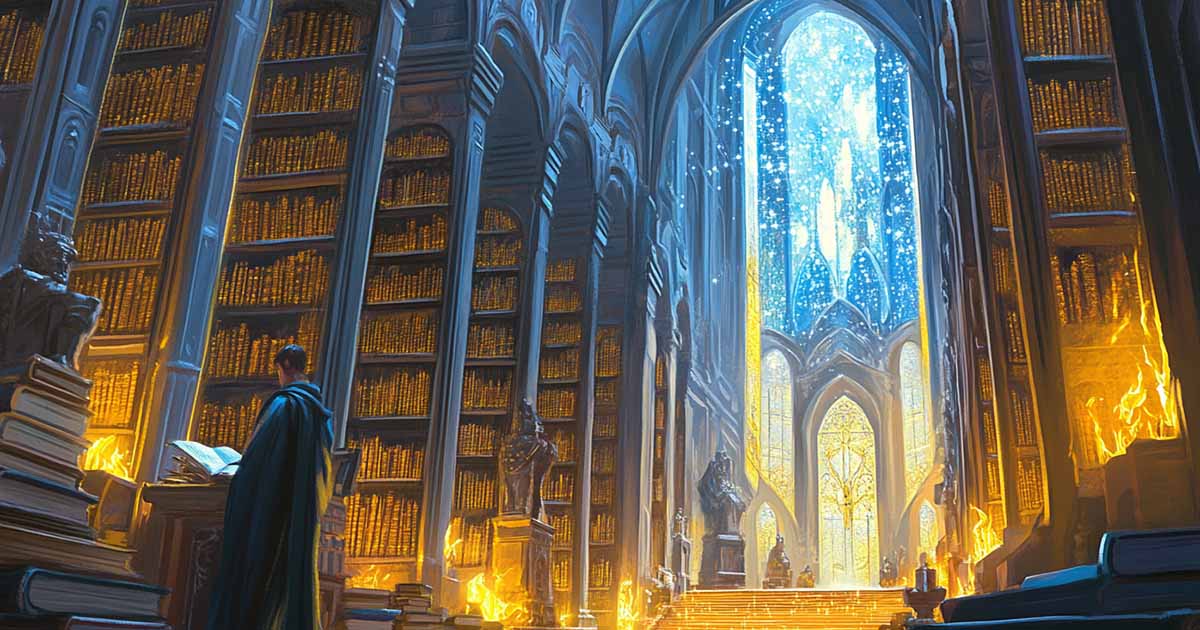
The dialogue is especially noteworthy. Characters speak with a mix of wit, formality, and philosophical insight, turning verbal exchanges into contests of ideas as much as contests of will. Zelazny uses conversation to reveal motivation and worldview, making even moments without action feel charged with significance. The interplay between characters often deepens the themes, showing how belief and logic can clash or coexist in the same mind.
Zelazny also exercises a deliberate ambiguity in describing the novel’s technology. A battle might feature a “chariot” that could be either a vehicle of divine origin or a machine built with circuitry and steel. Weapons may seem mystical until their workings are hinted at in passing. This approach maintains the dual identity of the world, encouraging the reader to question what is miraculous and what is mechanical. It is a device that enriches the reading experience, keeping both possibilities alive in the imagination.
The structure rewards patience and attention. With its episodic chapters and shifting chronology, the novel asks the reader to assemble its pieces much like a historian reconstructing a legend. The result is a work that feels intentionally layered, offering a first reading rich in spectacle and subsequent readings that reveal deeper patterns. In this craftsmanship lies much of the novel’s enduring appeal.
A Timeless Union of Myth and Science
More than half a century after its first publication, "Lord of Light" remains a singular achievement in science fiction. It bridges the distance between the oldest human stories and the speculative frontiers of the genre, creating a narrative that feels both ancient and forward-looking. Few novels manage to evoke the weight of myth while still engaging the mind with the possibilities of advanced technology. In doing so, Zelazny proved that science fiction could carry the grandeur of epic poetry without losing its imaginative edge.
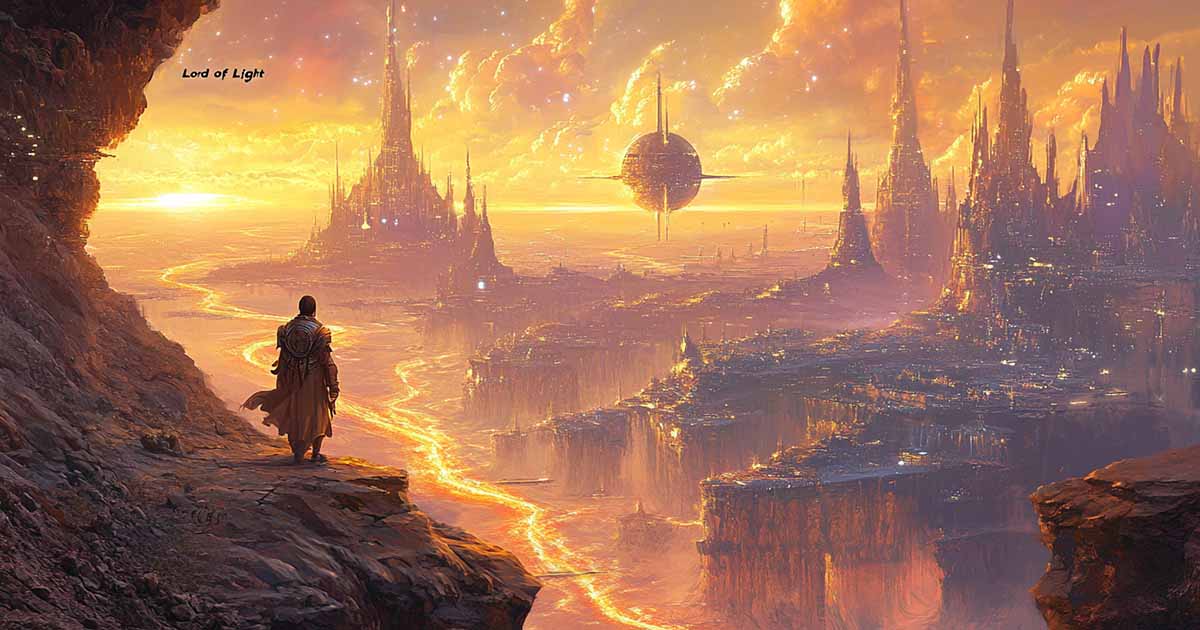
The book’s influence can be traced through later works that blend religious or mythological frameworks with science-based settings. Writers who seek to merge timeless themes with futuristic speculation often find themselves following a trail Zelazny helped blaze. "Lord of Light" showed that such hybrids can be more than mere curiosity—they can deliver both entertainment and intellectual challenge in equal measure. That combination has kept the novel in the conversation among serious fans and scholars of the genre.
For today’s reader, the appeal lies not only in the audacity of its concept but in the richness of its execution. The story rewards those willing to immerse themselves in its layered world, absorbing its ideas as much as its imagery. Its characters, its questions about the nature of divinity and power, and its intricate setting all invite reflection long after the final page.
"Lord of Light" endures because it speaks to the part of the reader that hungers for meaning as much as for adventure. It is a novel that respects its audience, trusting them to wrestle with ambiguity and complexity. In the realm of classic science fiction, it holds a place of honor—a reminder that the best stories are those that both entertain and illuminate.

